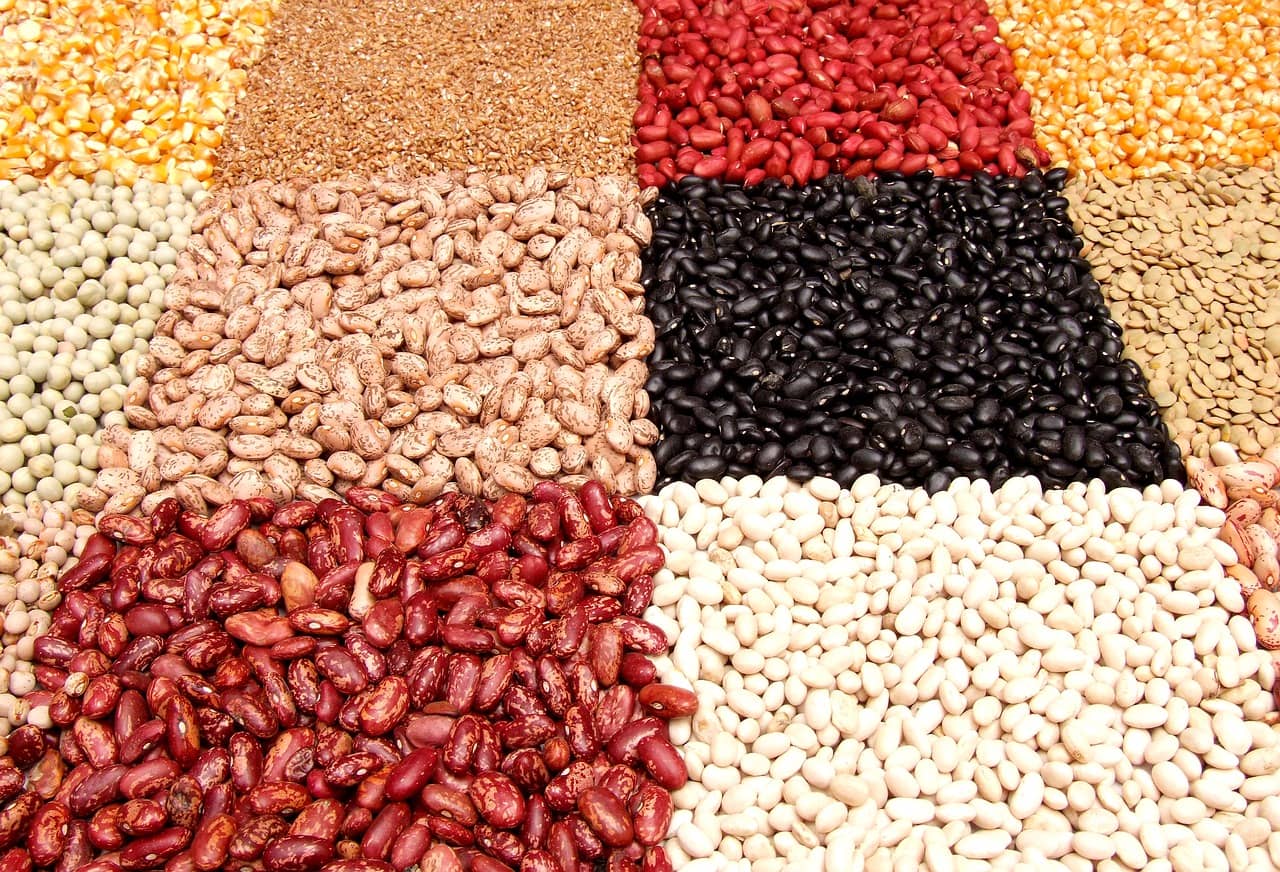
(NDAgConnection.com) – Precision agriculture strategies and technology have become an integral part of managing crops such as corn, soybeans, and wheat, but are edible bean growers using it effectively in dry bean crops?
Dublin, Ontario, grower and Hensall Co-op field marketer Dave Louwagie doesn’t think so. On an episode of RealAgriculture’s Edible Bean School, Louwagie explains that compared to other row crops the acres of edible beans managed with precision techniques is very small.
The return on precision management, however, is greatest in dry beans, notes Louwagie. “Edibles are a high-value crop so the impact is significant, especially on highly productive soils and in the best productive areas of the field.” He points out that variable rate planting offers the best return when compared to corn and soys with corn offering the lowest return.
Much of the efficiency comes from reduced seeding rates, which are adjusted based on management zones. The ability to target seeding rates also helps control disease by better managing plant populations and reducing canopy conditions that contribute to disease. When it comes to fungicides, crop imaging is an excellent tool for targeting fungicide application within the crop while reducing the overall use of disease control products. It all adds up to increasing yields, especially on high production areas of the field, adds Louwagie.
In the video, Louwagie also discusses why more growers aren’t employing precision ag on their edible acres. Many growers cite equipment challenges, time requirements and cost for lack of adoption, but here again, he points out that the return on this investment is better in edible beans.
The interview wraps up with a look at Hensall Co-op’s Sustainable Agronomy Precision Program (SAPP). The program is designed to help growers integrate precision ag into their edible bean management. It’s a small program, notes Louwagie (2,000 acres), but it really helps growers understand how drones, NDVI maps, management zones, vegetative indexes, variable rate seeding and targeted fungicide can impact profitability,
“Yields increase, costs decrease. The rewards are great,” says Louwagie.
